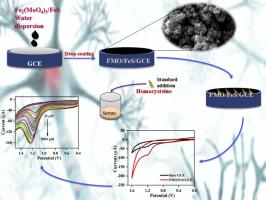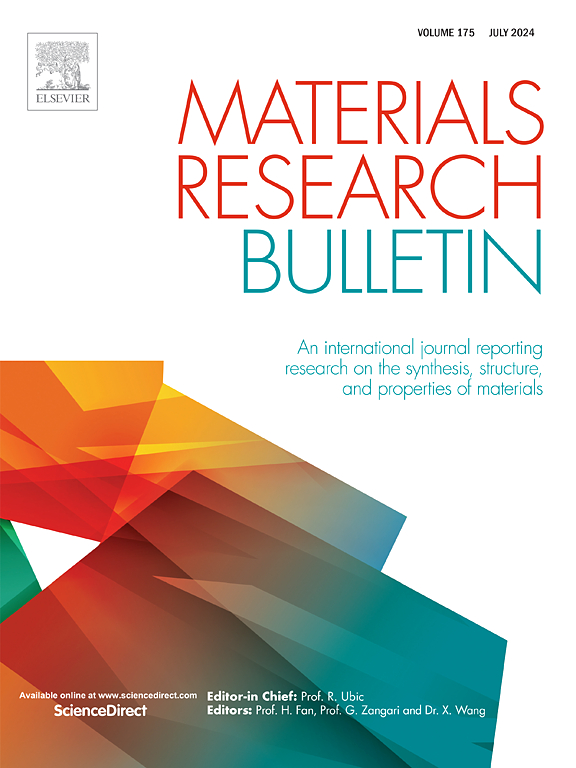Tailoring of Fe2(MoO4)3/FeS nanocomposite to decorate glassy carbon electrode for the electrochemical quantification of homocysteine in human serum
Abstract
Here in, we adopted a simplistic approach for the design and tailoring of novel nanocomposite Fe2(MoO4)3/FeS (FMO/FeS). The nanocomposite effectively maintains its structural stability, enabling the sensor to work throughout a lengthy linear range. And for the first time, this hybrid material decorated glassy carbon electrode (GCE) utilized for homocysteine (Hcy) quantification. The selective interaction between the material loaded on the electrode surface and -SH group in the homocysteine can be characterized by a variation in the anodic peak and the faster current output. The FMO/FeS facilitate rapid electron transfer between the electrolyte and electrode, allowing for easy detection of homocysteine. The homocysteine undergoes oxidation in the presence of electron acceptor, releasing an electron from thiol group. The extraordinary electrochemical activity attributed by FMO/FeS nanocomposite accelerated the overall performance of sensor towards the selected analyte. The novel sensor illustrated an exceptional linear range of 13–9061 μM for Hcy detection and it is greater than reported in studies till now to the best of our knowledge with limit of detection (LOD) value of 0.05 µM. The reproducibility and repeatability analysis of the unique sensor exhibited admirable results whereas the sensor demonstrated noteworthy selectivity towards desired analyte in the presence of potential interferants. Additionally, the practical application of the sensor assessed by analysing Hcy in blood serum specimen as well as in urine and exhibited remarkable recovery rates. This paving way for the development of comprehensive technologies for proper health care for future.


 求助内容:
求助内容: 应助结果提醒方式:
应助结果提醒方式:


